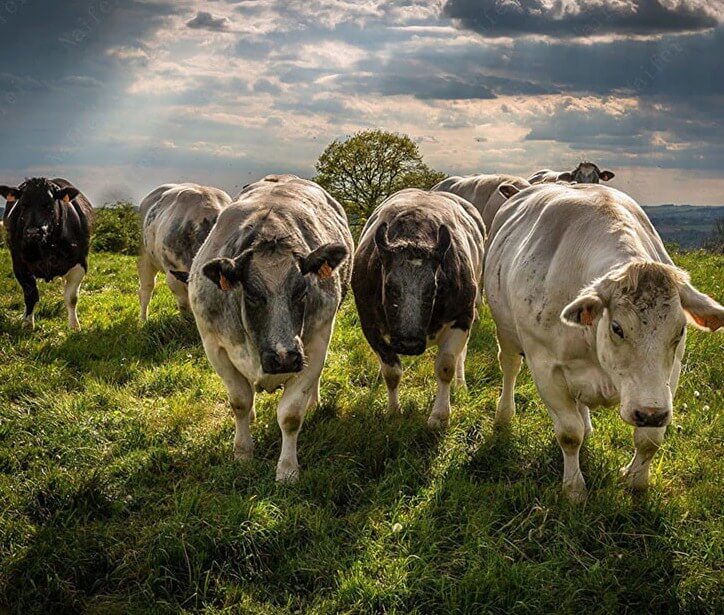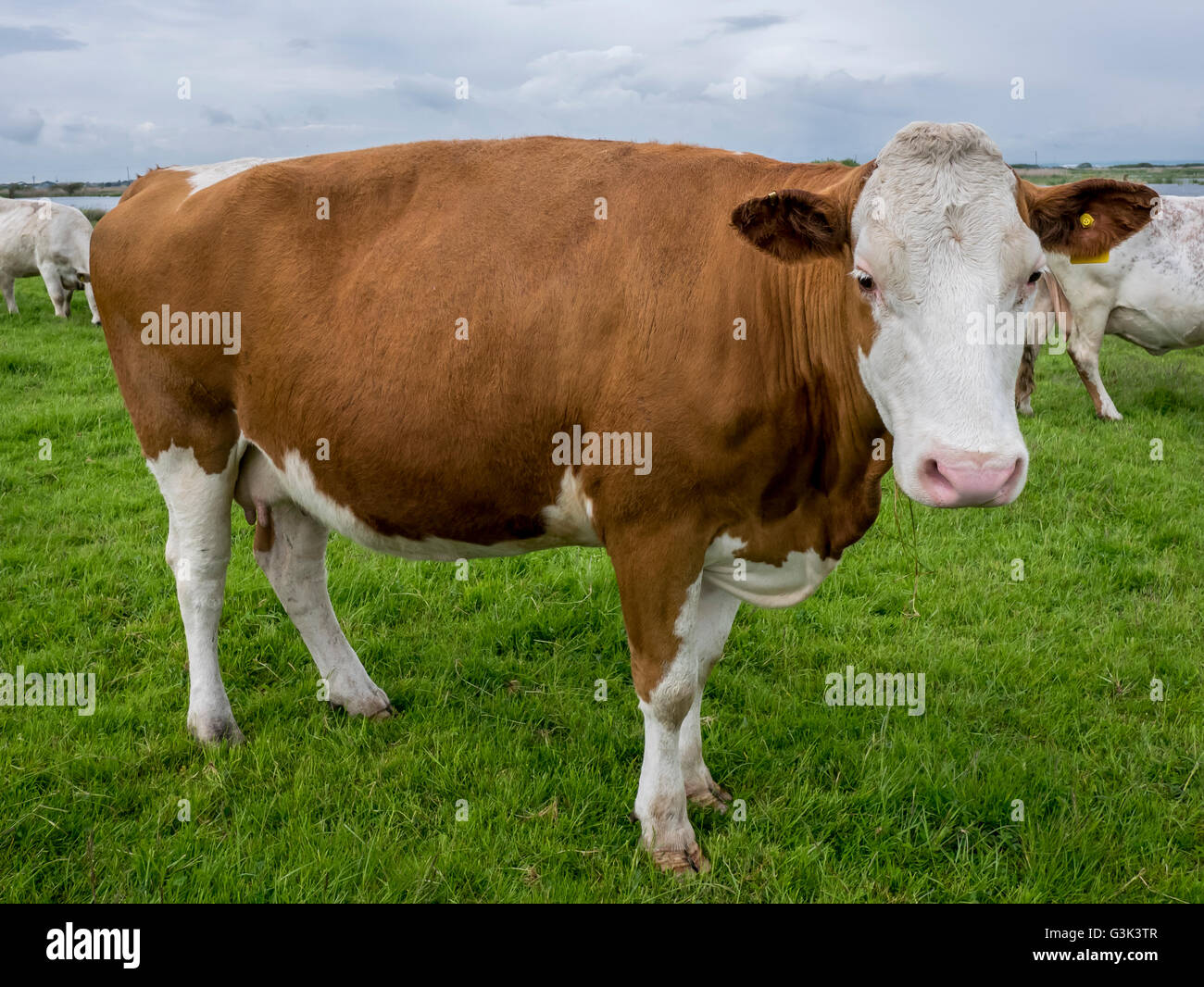

This formerly widespread wild species recently became extinct, with the last recorded herd found in 1627 AD in Poland (Götherström et al., 2005). This study therefore helps to clarify the effect of past demographic history on the genetic variation of modern cattle, providing a basis for further analyses exploring alternative migratory routes for early domestic populations.īetween the late Pleistocene and early Holocene, the most commonly occurring cattle species was the aurochs ( Bos primigenius), ranging from northern Africa to both the Atlantic and Pacific coasts of Eurasia (Zeuner, 1963). Scenarios with unidirectional or bidirectional migratory events between European taurine and Asian indicine cattle are also plausible, although further studies are needed to disentangle the complex human-mediated dispersion patterns of domestic cattle.

African indicine cattle exhibit high levels of shared genetic variation with Asian indicine cattle due to their recent divergence and with African taurine cattle through relatively recent gene flow.


Comparative analyses between scenarios modelling two and three domestication events consistently favour a model with only two episodes and suggest that the additional genetic variation component usually detected in African taurine cattle may be explained by hybridization with local aurochs in Africa after the domestication of taurine cattle in the Fertile Crescent. We analysed medium density Illumina Bovine SNP array (~54,000 loci) data across 3,196 individuals, representing 180 taurine and indicine populations to investigate population structure within and between populations, and domestication and demographic dynamics using approximate Bayesian computation (ABC). Indicine and taurine cattle were domesticated in the Indus Valley and Fertile Crescent, respectively however, an additional domestication event for taurine in the Western Desert of Egypt has also been proposed. Although current understanding of relationships among ancestral populations remains limited, domestication of cattle is thought to have occurred on two or three occasions, giving rise to the taurine ( Bos taurus) and indicine ( Bos indicus) species that share the aurochs ( Bos primigenius) as common ancestor ~250,000 years ago. Bos taurus (or Bos taurus taurus) are the typical cattle of Europe, north-eastern Asia, and parts of Africa – they are referred to in this list as "taurine" cattle, and many are adapted to cooler climates.Cattle have been invaluable for the transition of human society from nomadic hunter-gatherers to sedentary farming communities throughout much of Europe, Asia and Africa since the earliest domestication of cattle more than 10,000 years ago.


 0 kommentar(er)
0 kommentar(er)
